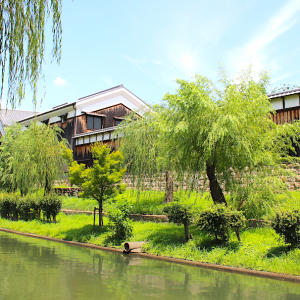
Lying just 15 minutes to the south of Kyoto, the town of Fushimi has been growing in popularity as a tourist destination in recent years, with visitors largely flocking to pose under the picturesque torii gates of Fushimi Inari Taisha shrine.
Sake fans, however, know that this little community has much more to offer. The high concentration of sake brewers, unmatched elsewhere in the country, has led some to call Fushimi the Bordeaux of Sake.
We sat down with Tokubee Masuda, head of the Fushimi Sake Brewers Association, for some local color and expert advice on how to make the most of a sake-lover’s day in Fushimi.
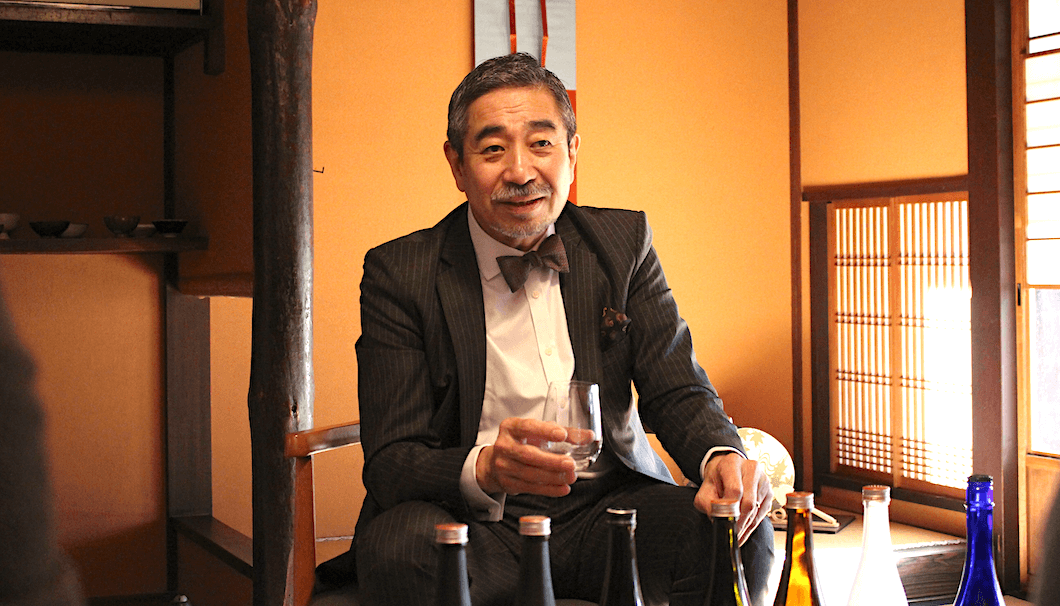 Mr.Tokubee Masuda, head of the Fushimi Sake Brewers Association
Mr.Tokubee Masuda, head of the Fushimi Sake Brewers Association
A Dandy Gentleman
Sporting an elegant pinstripe suit and jaunty bowtie quite unlike the usual sterile brewer’s gear, Masuda exudes the aura of a dapper gentleman. His salt-and-pepper mustache is trimmed to perfection and there’s not a wrinkle in sight. He cheerfully welcomes us to Masuda Tokubee Shoten, whose establishment in 1675 makes it one of the oldest breweries in Fushimi. It’s known for the popular Tsukino Katsura brand and is a pioneer in nigorizake and koshu aged sake. Indeed, although koshu is something of a rarity these days, on our tour, we find the rafters above the fermentation tanks still stuffed with ceramic jugs of sake set aside for aging.
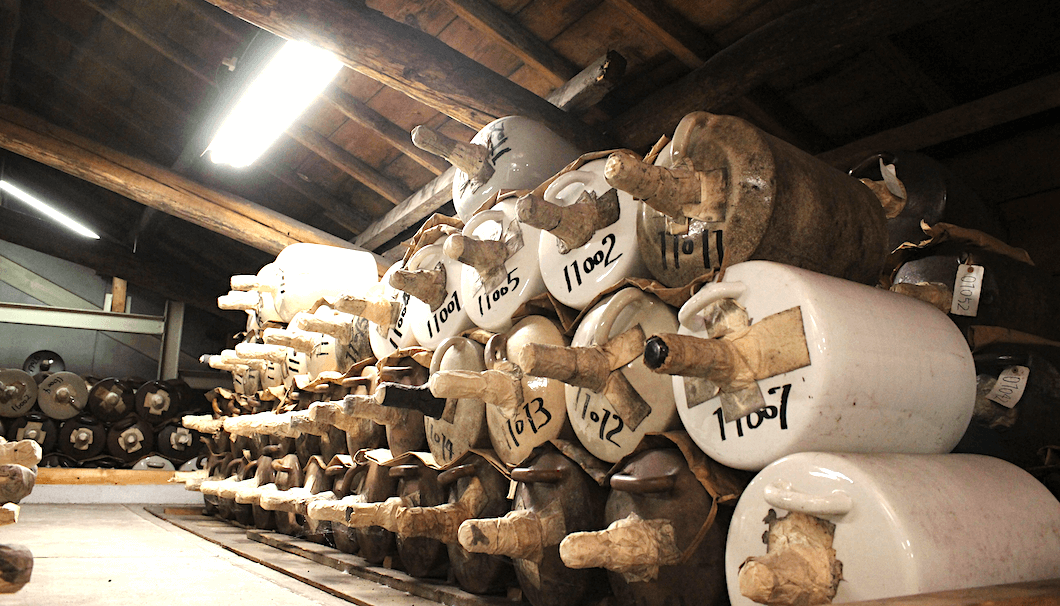 Masuda Tokubee Shoten’s koshu jugs, set aside for the aging process
Masuda Tokubee Shoten’s koshu jugs, set aside for the aging process
Masuda is the 14th generation to head the family company, custodian of a history that is still in evidence everywhere. As he jovially welcomes us into a tatami mat sitting room, he points out century-old sake cups on display in the alcove, rocks in the garden that his father rescued from Fushimi’s old cobblestone roads, and an ancient cookbook from 1675 describing the method for properly aging sake.
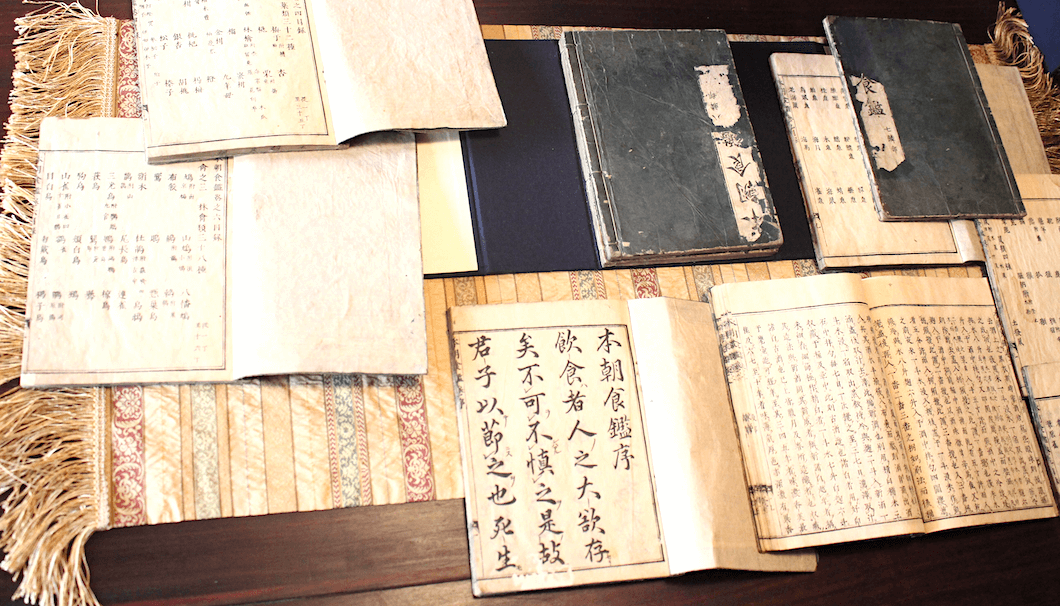 An ancient cookbook from 1675 describing the method for aging sake
An ancient cookbook from 1675 describing the method for aging sake
 Antique sake cups in the Masuda Tokubee Shoten collection
Antique sake cups in the Masuda Tokubee Shoten collection
If he finds the responsibility for this legacy onerous, it’s hard to tell. He bubbles with excitement, often breaking into laughter and excitedly galloping down new conversational tangents about his ideas to make sake relevant and fun for modern consumers. He created the Miss Sake pageant, for example, and dreams of bringing a marathon to Fushimi with sake at the drink stations.
Born and raised in Fushimi, he left to study at a university in Tokyo and worked for some time at a distribution company. At 28, he returned home and entered the family business, eventually becoming an exuberant booster for his hometown both here in Japan and abroad.
Why Visit?
Fushimi’s reputation as a center for sake production goes back to its history, both in geological and human scale.
Most importantly, Fushimi has water -a key ingredient for sake – in abundance. Although the name of the city is written with different characters now, it was originally “fusu mizu,” or “hidden water.” That’s because it sits atop the Kyoto Water Basin, an underground aquifer of 21.1 billion tons, roughly equal in volume to Lake Biwa – Japan’s largest freshwater lake. Naturally filtered through the soil, this treasure trove bubbles up at several springs in the Fushimi area as delicious soft water ideal for sake making.
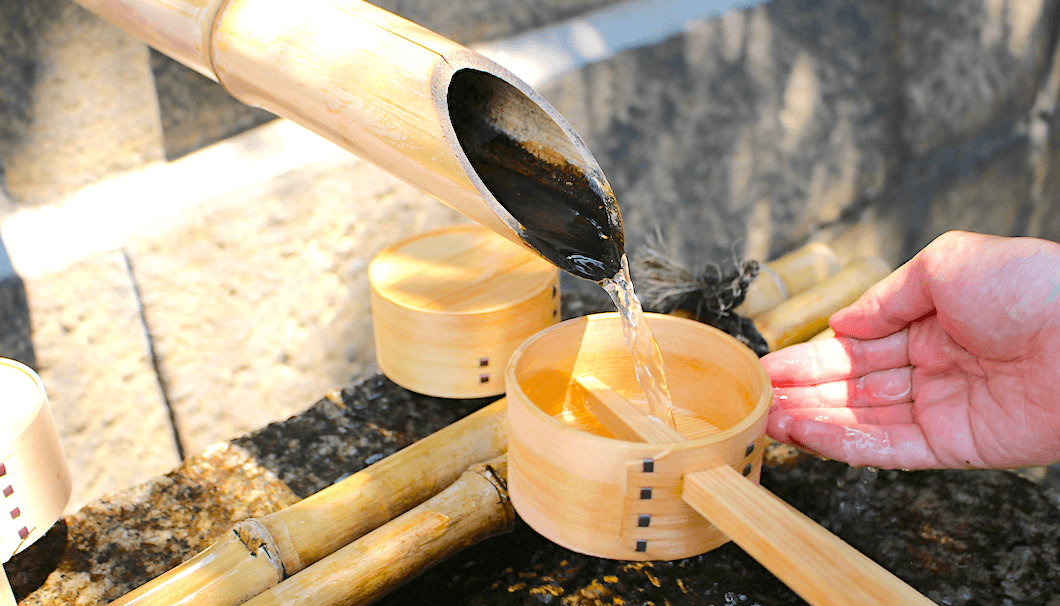 A water spout of Gokonomiya Shrine. The Fushimi area’s water is considered some of the best in Japan and some locals even fill bottles of it to take home with them
A water spout of Gokonomiya Shrine. The Fushimi area’s water is considered some of the best in Japan and some locals even fill bottles of it to take home with them
Second, Fushimi was established as a castle town by the famous shogun Toyotomi Hideyoshi in 1592. As his daimyo retainers set up residence around the castle, the population of the area swelled, attracting all manner of merchants and artisans to hawk their wares. At the same time, the banks of the Uji River were developed, and the Yodo and Katsura Rivers joined, to provide better water access for trading. That and the construction of roads linking Fushimi to Osaka and Kyoto turned the area into a major transport and trade hub.
The convergence of good water and bustling commerce turned Fushimi into a magnet for sake makers, with more than 80 breweries in operation at its peak.
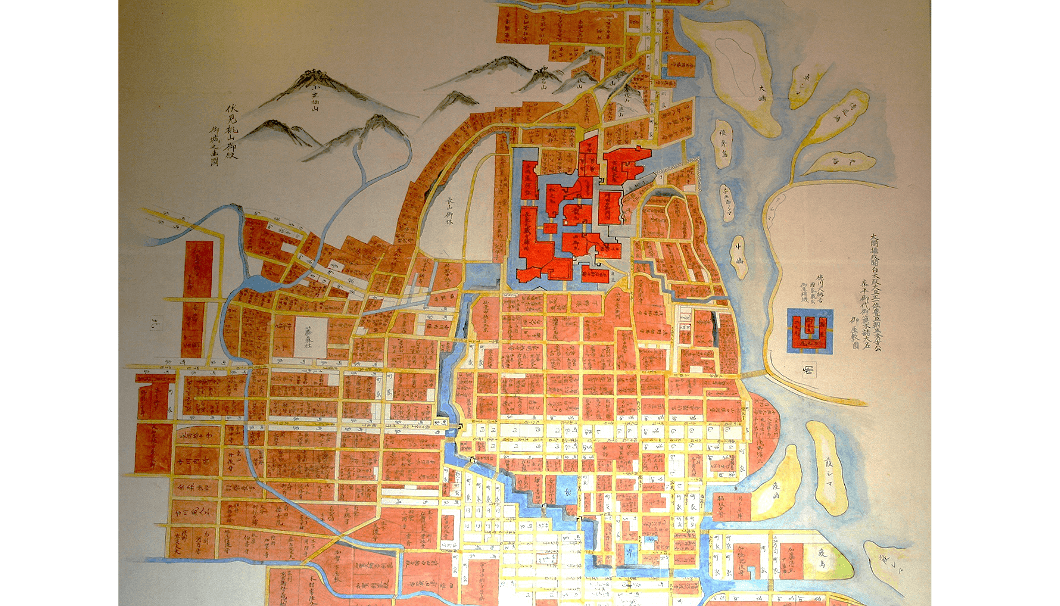 a Map of the Fushimi castle around 17th Century
a Map of the Fushimi castle around 17th Century
While the samurai and river trade have gone, Fushimi still boasts the highest concentration of sake brewers in the country, with 24 brewers in an area about two square kilometers large. That’s reason enough for sake lovers to visit, but it’s also positioning itself as a broader sake destination by creating events, especially ones targeting general audiences.
“In recent years, the number of events has skyrocketed. For example, about 10 breweries are now holding kurabiyaki,” says Masuda, referring to events where brewers open their warehouses up to the public and offer tastings and other entertainment.
“There’s also a place in Fushimi called the Otesuji Arcade, and they are holding a lot of popular sake-related events there,” he says. Last year, for one, they held an event called the Fushimi Sake Festival, where 17 breweries offered tastings from just 100 yen per glass, with local restaurants selling food designed to pair well with the libations.
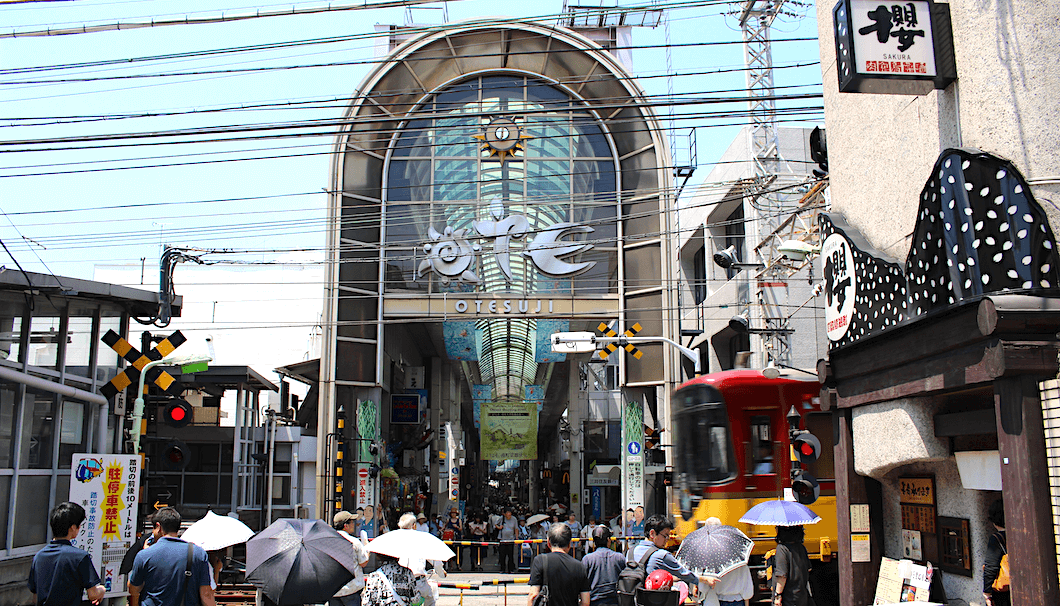 The facade of the Otesuji Shopping Arcade
The facade of the Otesuji Shopping Arcade
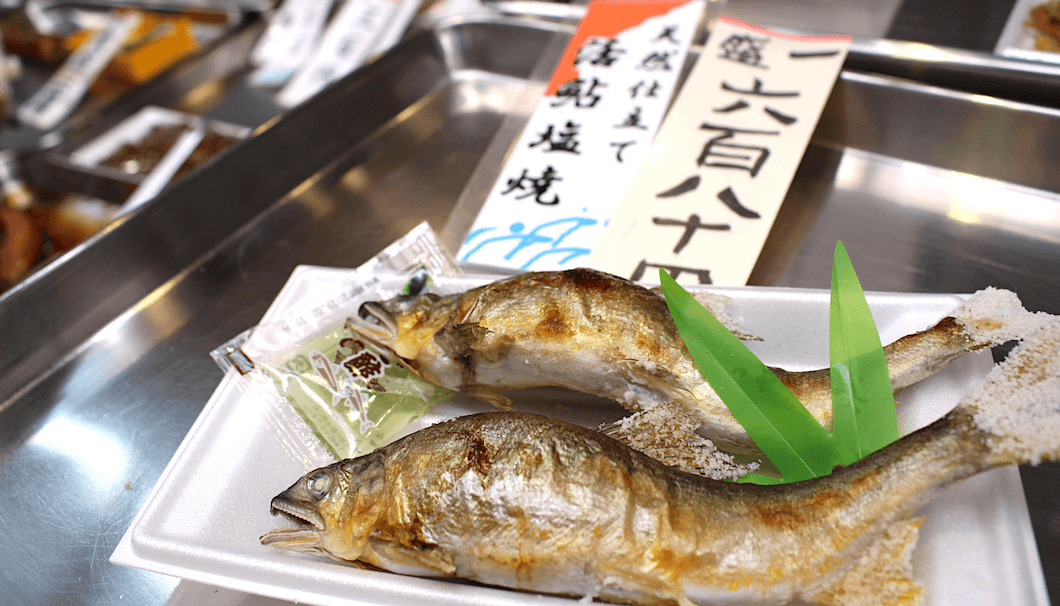 The distinct and enticing aroma of salt-grilled ayu often permeates the arcade
The distinct and enticing aroma of salt-grilled ayu often permeates the arcade
The Sake Brewers Association itself makes sure that the annual calendar is filled with sake-related happenings designed to appeal to a broad spectrum of people who might not have traditionally been interested in sake, like young women and visitors from abroad.
“Every year, for about 2 months at a time, we do a pop-up sake bar somewhere in Kyoto called Sakezo’s Bar, to name one example. This year will be the 14th time, I think,” says Masuda. “It’s become quite popular with women, and solo drinkers as well.”
Even in between events, Masuda thinks the small-town atmosphere makes Fushimi a more welcoming place to dine and drink than its bigger neighbors.
“Also, compared with central Kyoto, prices in Fushimi are a little bit cheaper,” he laughs.
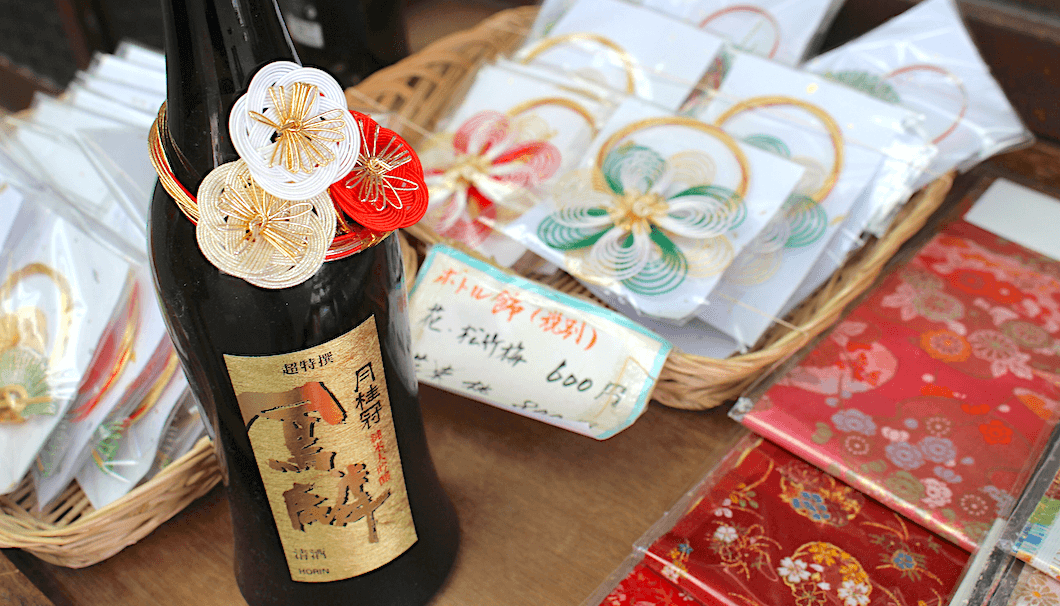 A sake bottle from the arcade, complete with traditional ornamentation
A sake bottle from the arcade, complete with traditional ornamentation
The Sights
While sake is his passion, Masuda assures us there is plenty to see and do in Fushimi aside from drinking your way through the local brews.
“From Kansai, it’s really easy to get here. We’re quite close to Fushimi Inari [shrine], and since so many visitors from abroad are already going there, we’d like them to come here too.”
As a former castle town with a lot of historic buildings, Fushimi is very atmospheric, Masuda adds.
“I love Momoyama Imperial Tomb. There are about 300 steps leading up to it. From there, you can see all of Kyoto, including Fushimi, from one spot,” he says. The tomb is the final resting place of Emperor Meiji, who oversaw the opening of Japan to the West and all the rapid change that came with it before his death in 1912. While visitors can only observe the tomb from a distance, it is a beautiful work of architecture surrounded by a sprawling green space. Despite its solemn history, locals often use this area for outdoor exercise.
“Although it’s a tomb, a grave, when I was a student, I often went there with the exercise club,” Masuda recalls. “Since that time, it’s always been a relaxing place, a place that feels protected.”
Masuda also recommends visiting some of Fushimi’s seven traditional shopping arcades, in particular Otesuji and Ryoma Street, which have a retro look that feels a bit lost in time. Sake shop Aburacho and Fushimi Sake Gura Kouji, a collection of restaurants modeled on traditional yatai food stands, make excellent stops to sample sake, he says.
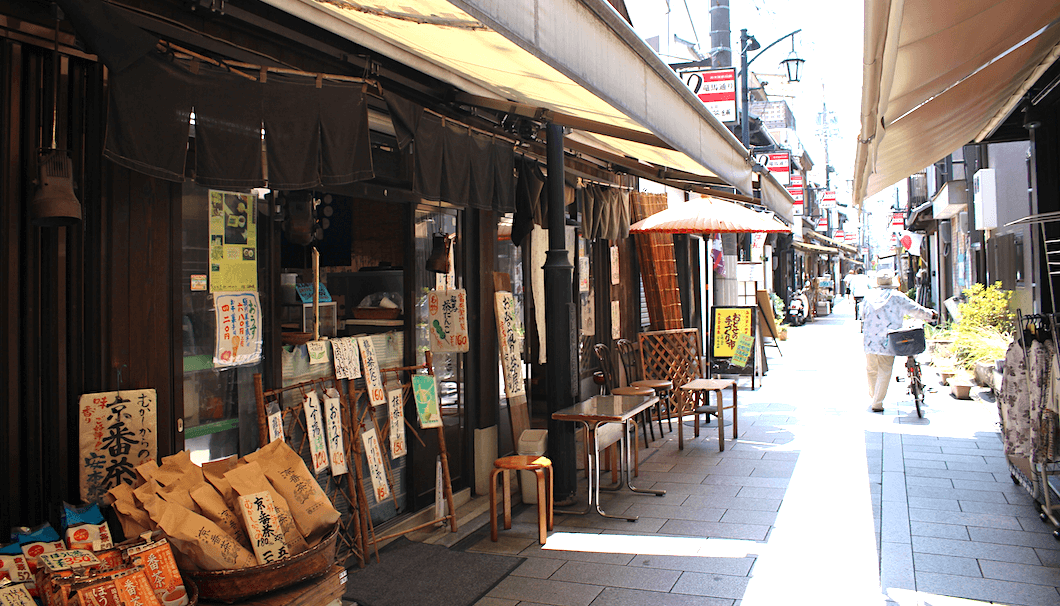 Ryoma Street – one of seven famed shopping arcades in Fushimi
Ryoma Street – one of seven famed shopping arcades in Fushimi
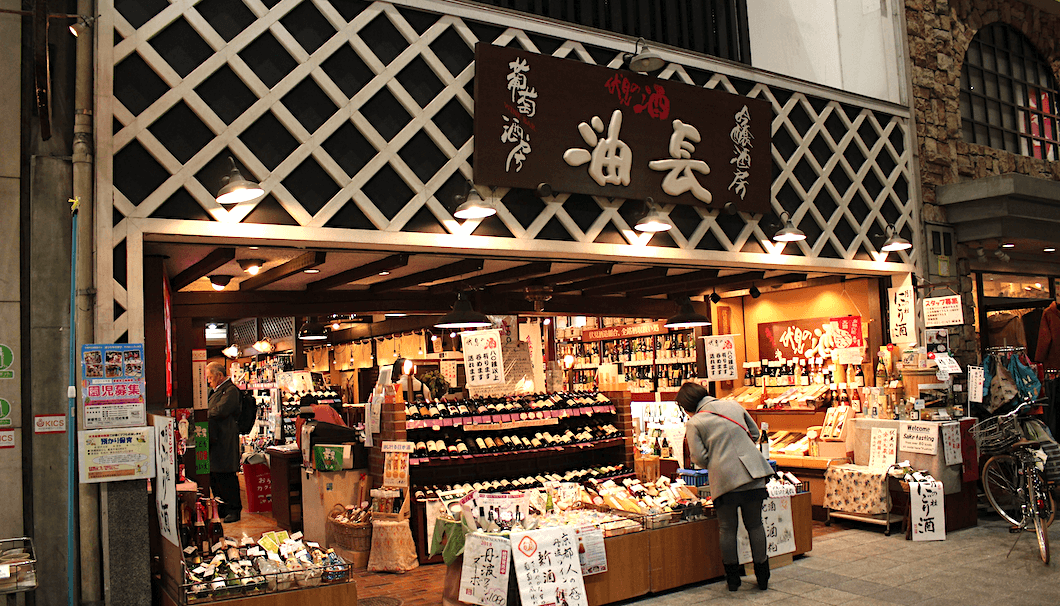 Aburacho offers over 80 types of alcohol
Aburacho offers over 80 types of alcohol
Another popular place for tourists is the walking path along the Horikawa River, located along the section of Fushimi where sake brewers historically clustered. Traditional flat-bottomed boats called jikkokubune that used to transport sake and rice back and forth now carry visitors underneath sakura blossoms in the spring and drooping willow branches in summer.
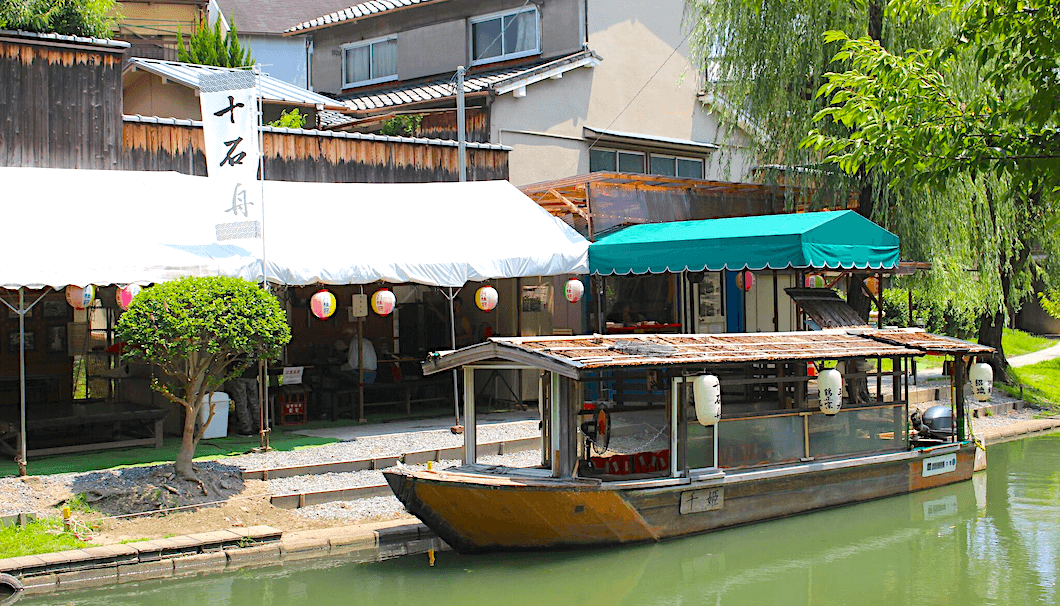 The Jikkokubune offer spectacular views of Fushimi and Gekkeikan’s gorgeous brewery structure
The Jikkokubune offer spectacular views of Fushimi and Gekkeikan’s gorgeous brewery structure
“The river runs along private homes, so you can see a bit of daily life from a different perspective. Not just tourists, but local people enjoy it too. Of course, we would like it better if we were allowed to ride while enjoying some sake,” he laughs.
While the boats don’t run in the winter months, the city offers other attractions during the cold season, when sake brewing is at its peak. Walking among the historic buildings on Sakagura-dori, visitors are treated to a complete sensory experience.
“In winter, the breweries arrange sake kasu for sale outside. At local shops, too. And of course, in winter, you’ll smell the sake brewing. In the morning, when they steam the rice, you’ll see clouds of steam rising up over the breweries. It’s very specific to that time of year,” says Masuda. The same goes for fall, when selling cups of hot sake becomes the norm.
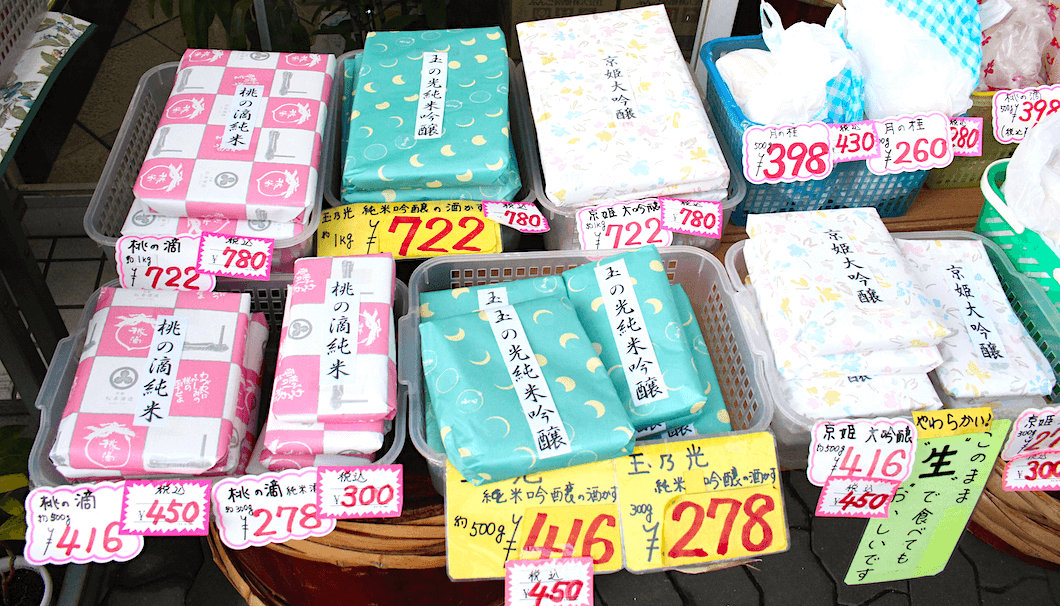 Packets of sake kasu for sale in a Fushimi shopping arcade stall
Packets of sake kasu for sale in a Fushimi shopping arcade stall
“This might not be something visitors from abroad are familiar with, but Japan traditionally has 24 micro-seasons called sekki,” says Masuda. “That’s something else I really want to communicate to people: You can experience that seasonality in the enjoyment of sake.”
That’s why something special awaits in Fushimi, any and every time you come to visit.
For more information on Fushimi sights, you can stop by Fushimi Kan, the local tourist information center, which also offers tastings of local sake and hosts various events aimed at sake education. After all that sightseeing, you are sure to be thirsty, so stay tuned for the next article in this series introducing the best spots in Fushimi for sake fans to shop, eat, and drink. But mostly drink!
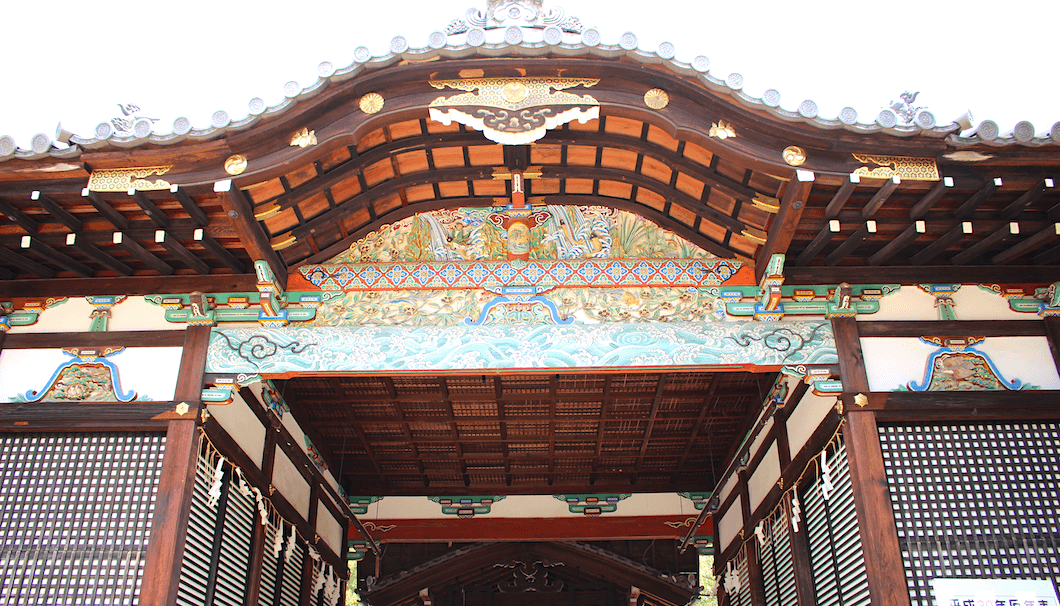
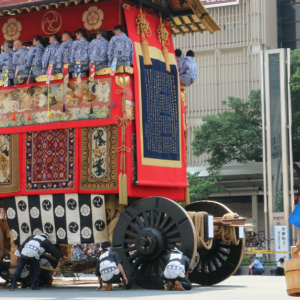
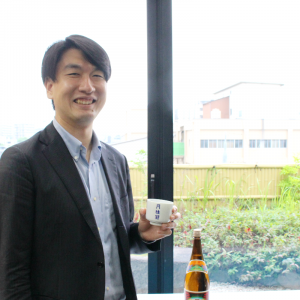

Comments